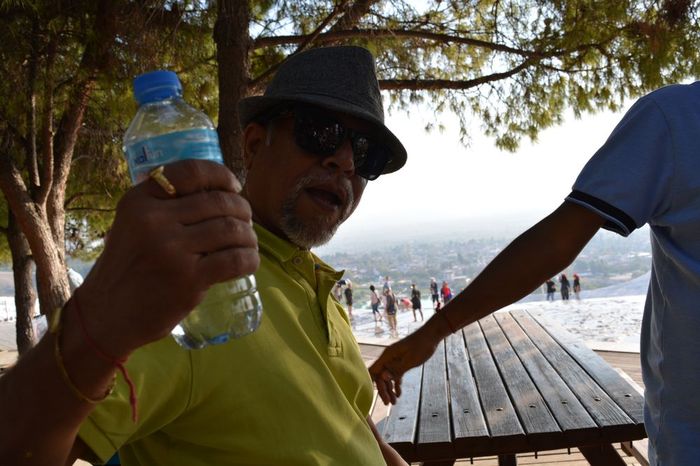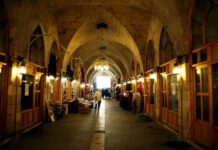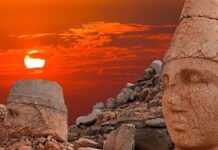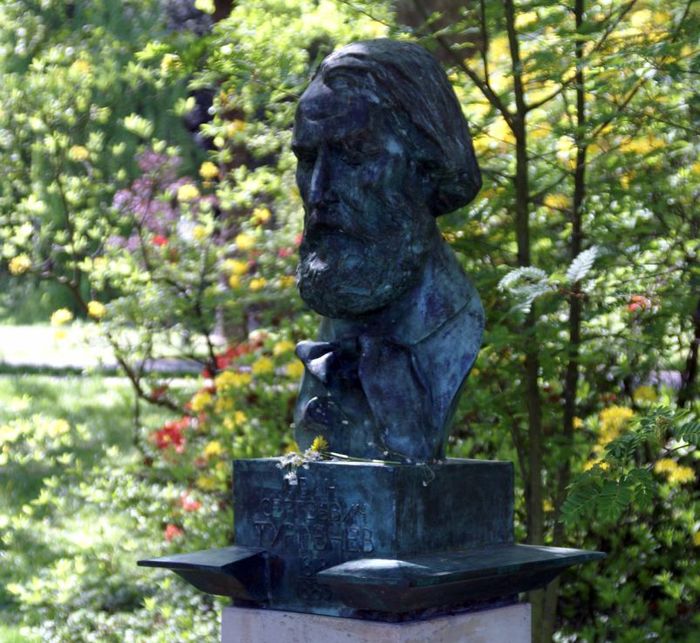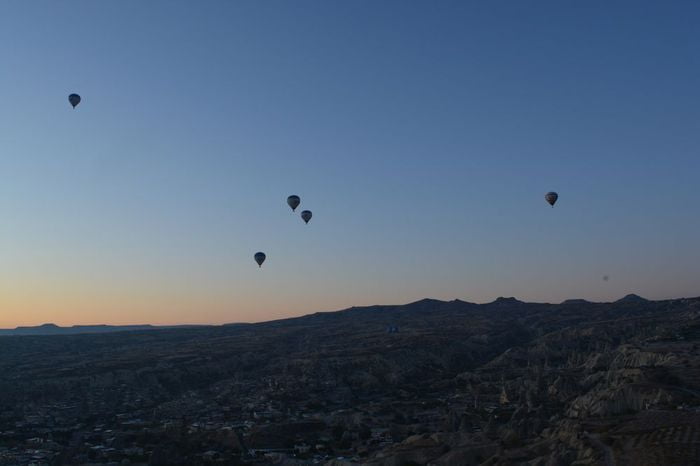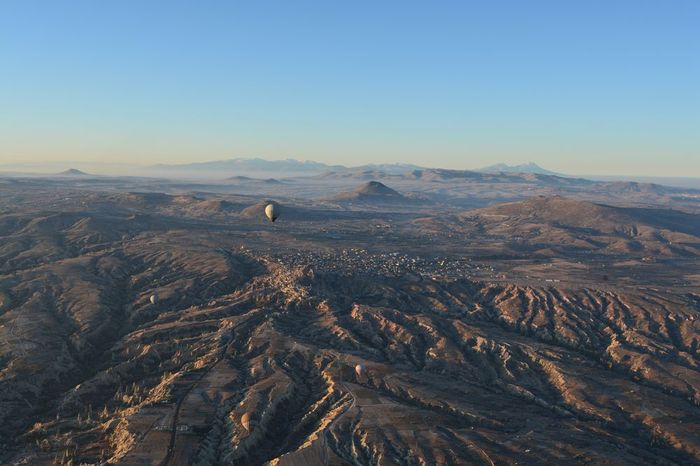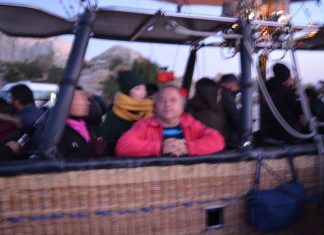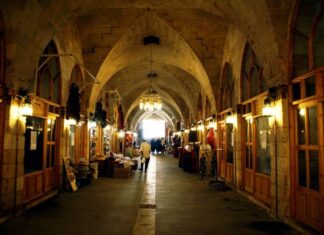Closer at hand, the Gupta empire in India was deteriorating, but the states that succeeded it were, if less coherently gathered together, doubtless more prosperous and attractive in the reports carried of them to the west by traders and adventurers. From India at this time comes the story of Barlaam and Ioasaph, which we have in a Greek version from the early seventh century.4 Ostensibly a story of a Christian holy man and his princely convert, it is really a thinly veiled Christian version of the story of the Buddha. Latins venerated the piety of the Buddhist saints on November 27, Greeks August 26, and Barlaam and Ioasaph’s story circulated widely in Christendom, eventually taking shape in the 1870s as the tale of Kundry and the title character in Wagner’s Parsifal. Cosmas’s vague awareness— as other westerners had been vaguely aware for centuries—of the Brach- manes (Brahmin) of India is one sign of the cultural bridge over which that story would travel.
From China through the land of the Huns
Cosmas’s wider world he measured thus: to go from China through the land of the Huns to Bactria, you would travel for 150 days, following the silk route through the desert of Taklamakan and the mountains of the Hindu Kush. Merchantry and religion traveled together, so monks began to decorate the great caves of Dunhuang and fill them with books, making that desert an improbable cultural home between societies for more than 500 years. From there another eighty days (each day a thirty-mile march) would take you across Persia to the frontier and Nisibis Destroyed by a Mamluk sultan in the thirteenth century. From there you continued to Seleucia on the Mediterranean, and then another 150 days would take you around the sea. Cosmas’s reckoning adds up to about 12,000 miles for those 400 days. In fact, such a route would take you only about 7,000 miles, but a full year might well elapse, given the conditions of road and weather over such diverse territory.
String from China to Rome
If you stretched a string from China to Rome, it would run through Persia. Persia is the true middle kingdom; and the center of the world in more ways than one was and still is Mesopotamia, the land between the Euphrates and Tigris rivers. The first humans to leave Africa and colonize the Eurasian landmass are now thought to have crossed the strait of Bab el Mandeb, back where we first met Cosmas. In the Karacadag Mountains of southeastern Turkey, some of their descendants cultivated for the first time the grass that became standard wheat, which today feeds the cultures of Europe and western Asia.
